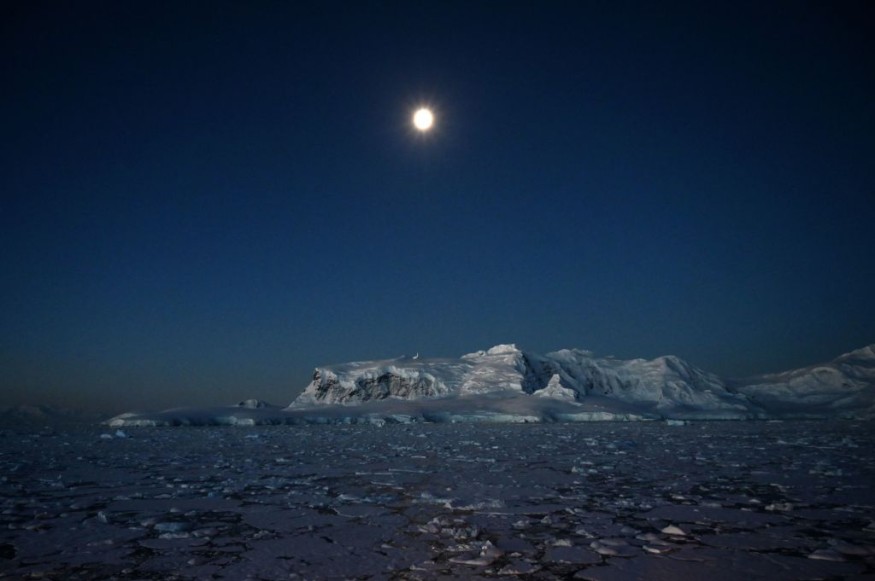Antarctica contains a vast amount of water frozen in its massive glaciers and ice sheet on Earth's southernmost polar region. However, a new study on local sea level change revealed the Antarctic ice loss is at its highest in 5,500 years.
It has been more than 50 years since scientists first predicted the melting of the Antarctic ice, particularly the West Antarctic Ice Sheet.
This perspective remained unchanged for the scientific community since the onset of the 21st century, fueled by the ongoing climate crisis and global warming.
However, there were contradictions to these claims during the 1990s, suggesting that Antarctica was a stable region as a whole.
It was also only during the start of the century when researchers discovered the collapse of some of the largest Antarctic ice shelves.
Rising global sea levels, due to rising temperatures and ocean warming of the Antarctic ice sheet are some of the looming threat posed by human-caused climate change.
In the succeeding years after the decades-old scientific prediction, Antarctic research and global initiatives such as the Paris Agreement have been formed.
Antarctic Ice Loss

The new study has been published in the journal Nature Geoscience since Thursday, June 9, wherein scientists from the University of Maine and the British Antarctic Survey led the an assessment of the rate of local sea level change.
It was a means to indirectly measure ice loss at the Thwaites Glacier, also called the "doomsday glacier," and the Pine Island Glacier, an ice stream in the Antarctic polar region.
Based on the research, the sea level data precludes a major ice mass change in Pine Island Bay during the late Holocene period.
The scientists used the rapid retreat of the Thwaites and Pine Island glaciers as a foundation for the study.
Both glaciers are linked to the dominance of present-day ice loss from the West Antarctic Ice Sheet, which scientists saw long before concrete evidence of climate change and global warming were evident.
Unstoppable Ice Sheet Collapse
In a study published in 1968, author John H. Mercer, a glaciologist from the Ohio State University, was the first scientist to warn about the potential danger of rapid sea level rise due to melting polar ice caps in the West Antarctica Ice Sheet, as cited by nature.com.
This was based on the geological evidence that Mercer used from a former lake in the Transantarctic Mountains, suggesting the said ice sheet once melted away.
In addition, the scientist sought to know how sea levels have risen by 6 meters in the region 120,000 years ago.
In modern times, the Antarctic and Southern Ocean Coalition (ASOC) stated the Southern Ocean has absorbed approximately up to 75% of the excess heat generated by human activities, wherein 40% comes from carbon dioxide.
The ASOC said polar regions like the Arctic and Antarctica polar regions are the first to be affected by the global warming and climate change.
Related Article: Study Shows Significant Population Declines in Antarctic Seabird
© 2025 NatureWorldNews.com All rights reserved. Do not reproduce without permission.





